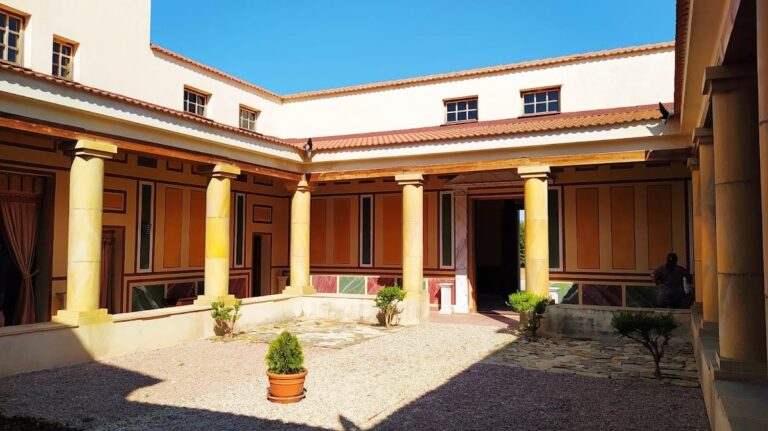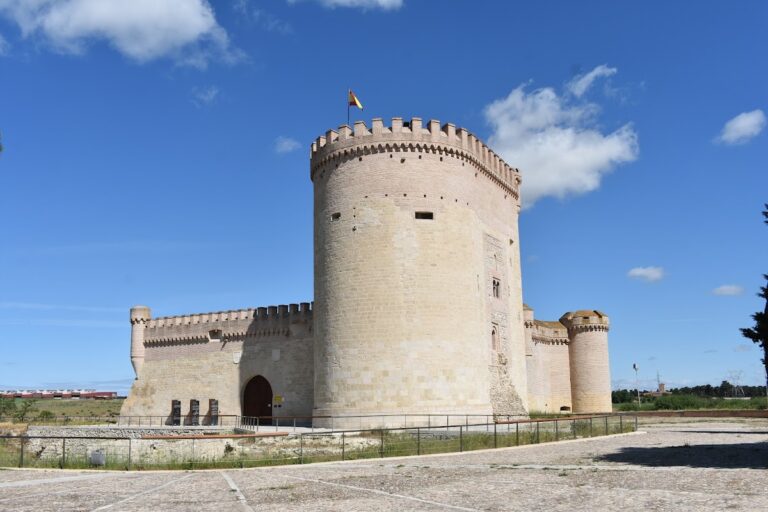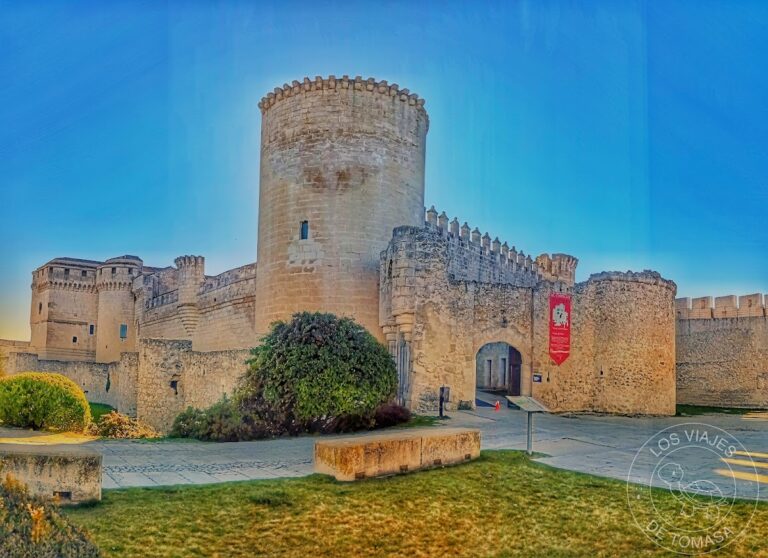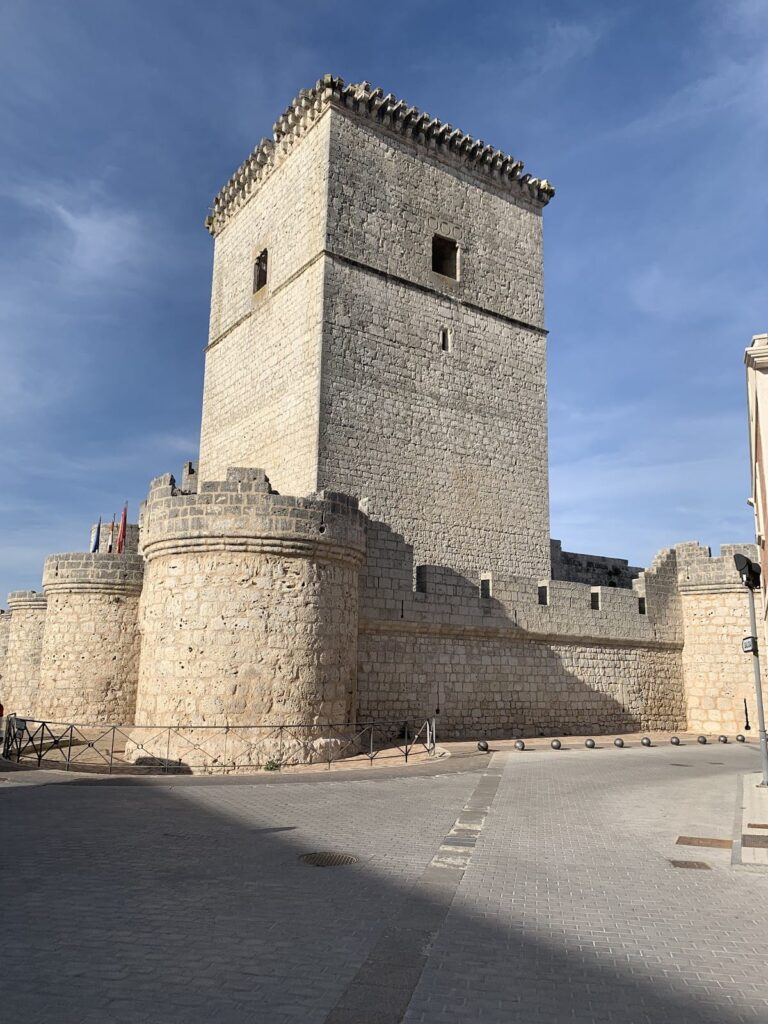Coca Castle: A Historic Fortress in Segovia, Spain
Visitor Information
Google Rating: 4.5
Popularity: Medium
Google Maps: View on Google Maps
Official Website: www.castillodecoca.com
Country: Spain
Civilization: Medieval European
Remains: Military
History
Coca Castle is situated in the town of Coca, within Segovia province in central Spain. The site has a long history of human occupation, beginning in the Chalcolithic era around 2500 to 2300 BC. Later, during the Iron Age, the area was inhabited by the Vacceans, a Celtiberian people who established a settlement known as Cauca. This settlement was conquered by the Romans in 151 AD, who integrated it into their provincial system. Following the Roman period, the site came under Visigothic control and later Muslim rule.
In 1085, King Alfonso VI of Castile reconquered the area, bringing it back under Christian control. The current castle was constructed primarily in the 15th century, beginning shortly after 1453. Its building was overseen by Alonso de Fonseca y Avellaneda and his family, who were prominent noble and ecclesiastical patrons. The construction followed a treaty exchange involving the Marquis of Santillana and the Fonseca family. Major works were completed by 1493, with final additions finished by 1512.
Throughout its history, Coca Castle served multiple roles. It functioned as a noble residence and a defensive fortress. In 1521, it was attacked during the Revolt of the Comuneros, a significant uprising against royal authority. Later, in 1645, the castle was used as a prison, notably holding Gaspar Alfonso Pérez de Guzmán, the 9th Duke of Medina Sidonia. During the Peninsular War from 1808 to 1812, French troops occupied the castle, causing damage and leading to a period of neglect.
Ownership of the castle remained with the House of Alba until the mid-20th century. In 1954, it was transferred to the Spanish Ministry of Agriculture. The castle was declared a National Monument in 1926 and later recognized as a Cultural Heritage site in 1931. Restoration work took place between 1954 and 1958 to adapt the castle for use as a forestry training school, which opened in 1958 and continues to operate.
Archaeological investigations at the site have uncovered artifacts from the Celtiberian and Roman periods. These finds are displayed in the castle’s museum rooms, highlighting the long history of occupation and cultural layers present at Coca.
Remains
Coca Castle is a rectangular fortress built mainly of hardened brick, reflecting the Spanish Mudéjar style that blends Moorish Muslim and Gothic Christian architectural elements. The brickwork is laid smoothly with visible mortar lines forming geometric patterns. Decorative elements include white limestone and plaster used on columns, embrasures (openings for archers), and balistraria (small openings for crossbowmen).
The castle’s defenses consist of three main layers. Two concentric curtain walls surround the central keep, with a deep and wide moat encircling them. Historically, the moat remained dry. The outer curtain wall is partially ruined but still marked by surviving rectangular towers. The inner curtain wall features cylindrical towers at the center of each side, smaller turrets, a machicolated wall (a wall with openings for dropping objects on attackers), and a sloping base called a talus that extends down to the moat. The battlements combine ornamental and functional features, with projecting crests made of Mudéjar brickwork.
The central keep, known as the Torre del Homenaje, stands about 25 meters tall on the northern side. Inside, it contains a narrow spiral staircase, a chapel, an armory, and other chambers. The armory holds original metal armor and weapons dating from the 15th to 17th centuries, along with walnut wood furniture decorated with bone and ivory inlays.
Several notable towers are part of the complex. The Pedro Mata Tower, Torre de la Muralla, and Torre de los Peces are among them. The Torre de los Peces includes a hall decorated with murals of red and blue fish. The courtyard, called the Patio de Armas, was added in the 16th century. A gallery connecting the keep and Pedro Mata Tower was constructed in the 17th century.
The chapel’s ceiling was destroyed during the French occupation but later restored. It contains important artworks, including a 14th-century Byzantine painting of Christ, Flemish paintings of the Crucifixion and Annunciation, Renaissance polychrome wood carvings of a tabernacle, and 15th-century Gothic and Romanesque paintings of the Virgin Mary.
Water management within the castle included two cisterns: one located on the keep’s roof and another beneath the inner courtyard. These cisterns collected rainwater through channels from the roofs and walls.
The castle experienced significant deterioration during the 18th and 19th centuries. Decorative elements such as marble columns were sold, though some were later repurchased and restored in the 20th century to replicate the original balustrade. Today, many parts of the castle have been restored, preserving its historical features and allowing access to key rooms like the chapel, armory, and central keep.










